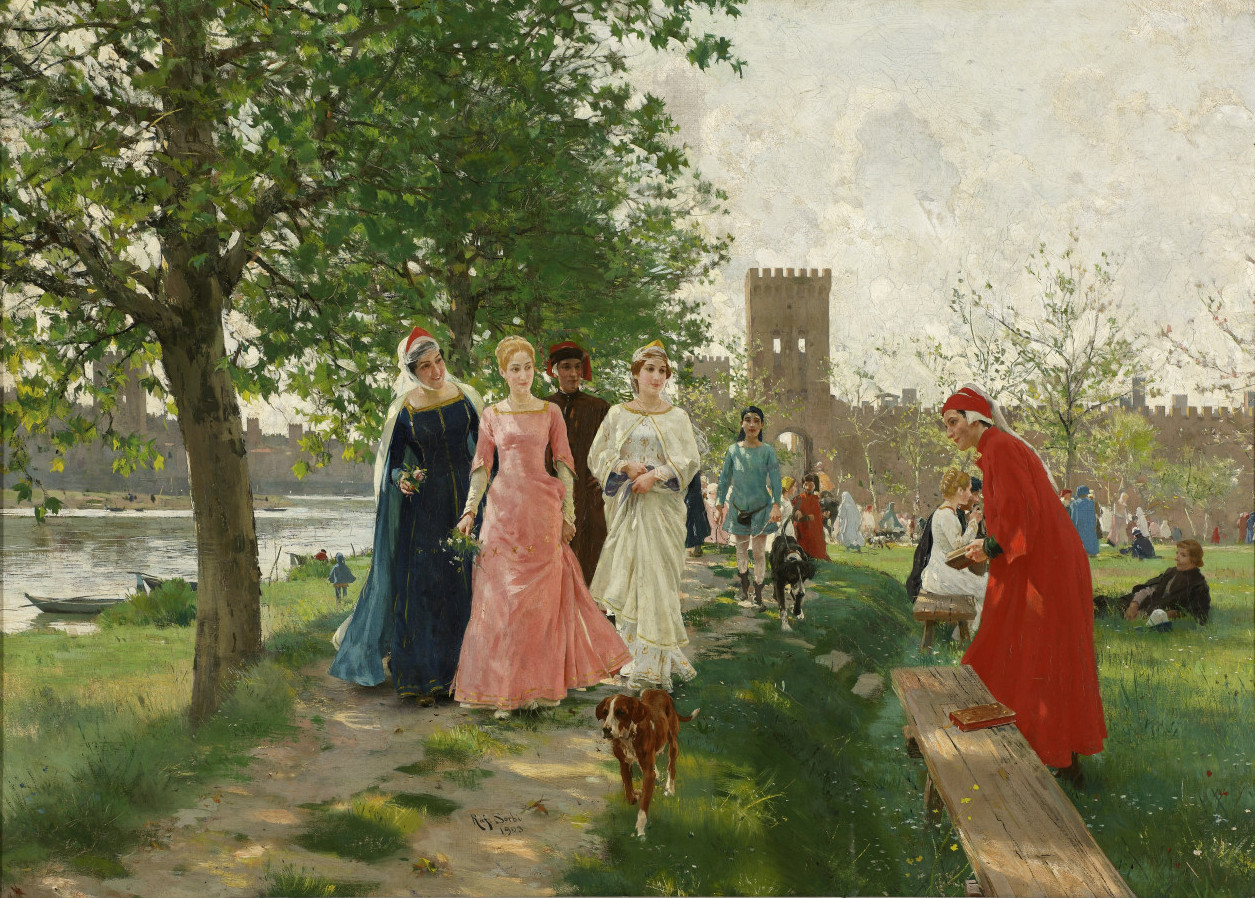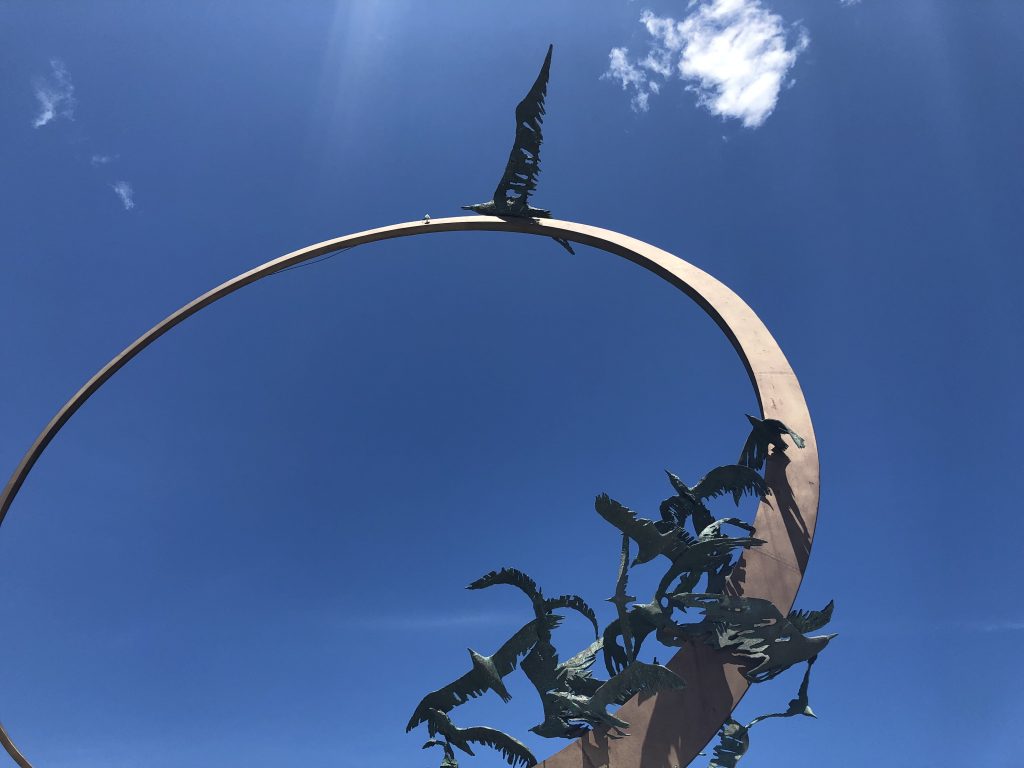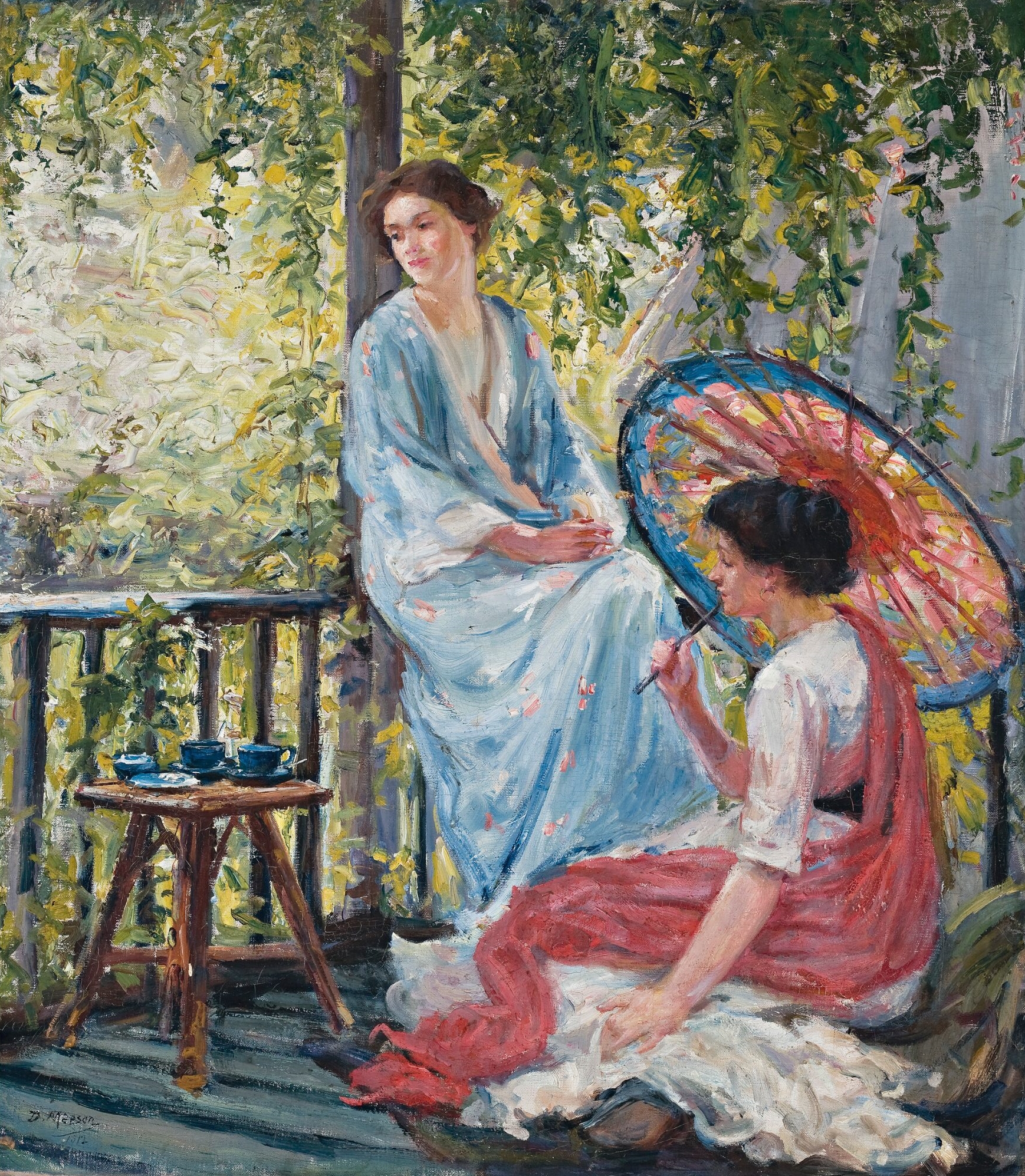Richard Bach: "Al vero Gabbiano Jonathan che vive nel profondo di tutti noi!"
 |
| Richard Bach and Jonathan Livingston Seagull |
Sicché questo è il paradiso, egli pensò, e gli venne da sorridere fra sé. Non era mica molto rispettoso, criticare il paradiso, quando ancora non ci sei manco arrivato.
Provenienti dalla Terra, oltre le nubi, lui e gli altri due gabbiani volavano in formazione compatta, e d’un tratto, egli si accorse che il suo corpo si era fatto splendente come il loro. Sì sì, lui era sempre il gabbiano Jonathan, era lo stesso giovane gabbiano che sempre si era sentito, dentro di sé, di essere: solo che la forma esteriore era cambiata, adesso.
Il suo pareva sempre un corpo di gabbiano, ma già volava molto molto meglio di quello di prima. Guarda qua, disse a se stesso, ora con metà fatica vado il doppio più veloce: due volte tanto, rispetto ai miei migliori risultati sulla terra!
Le sue penne splendevano adesso d’un candore soave, le sue ali erano lievi, lisce come d’argento polito, perfette. Si mise subito, tutto contento, a provarle, a imparare a usarle, a imprimere potenza alle sue nuove ali.








































